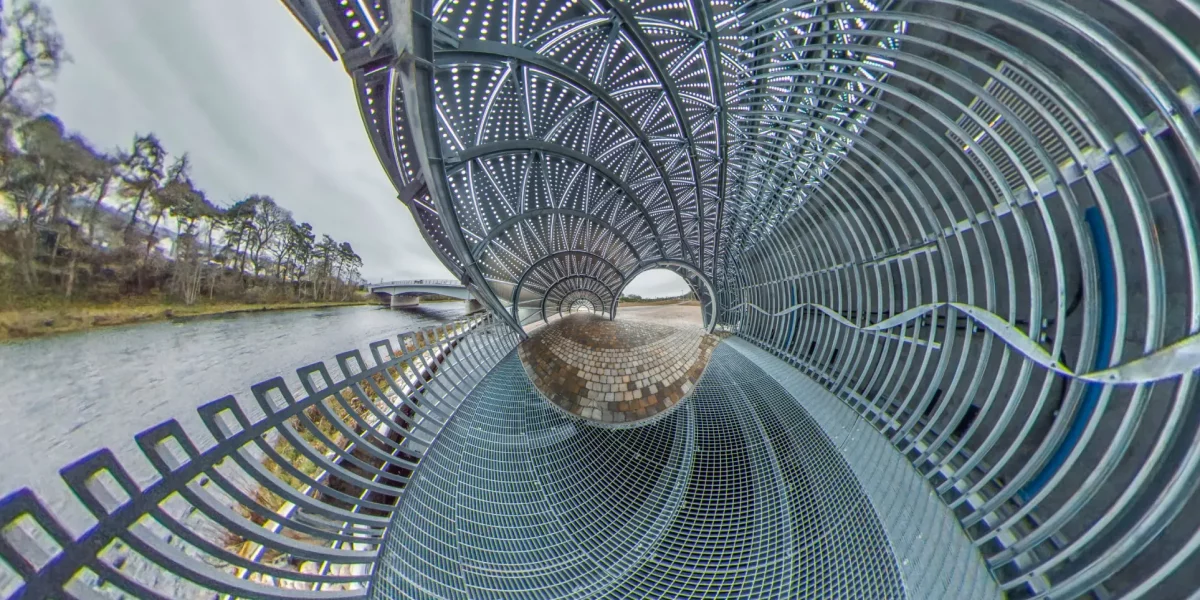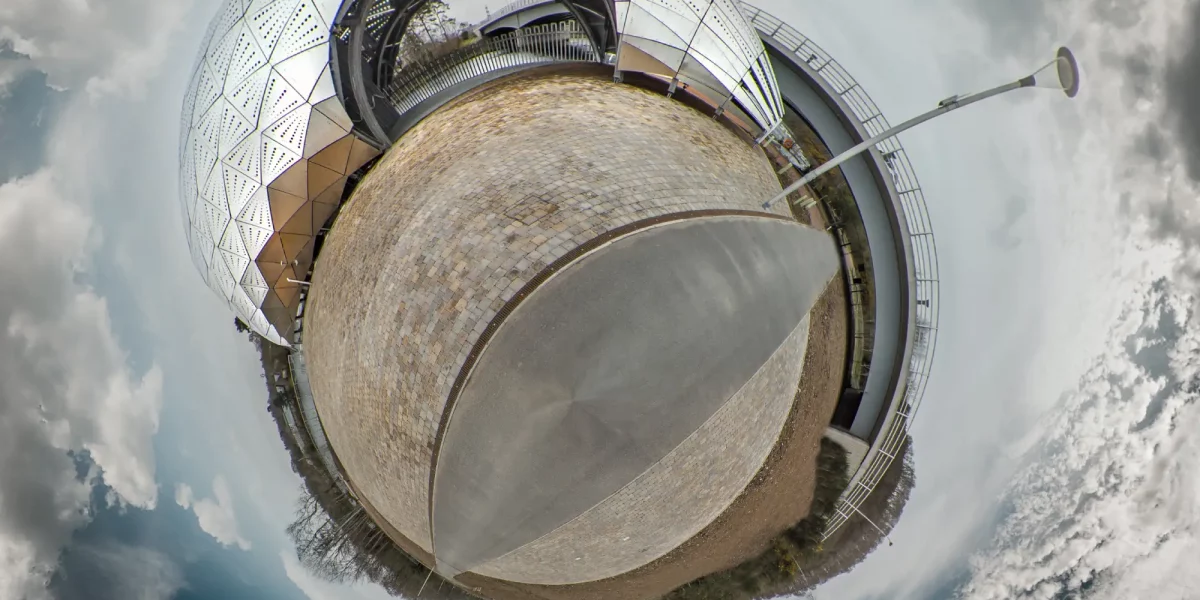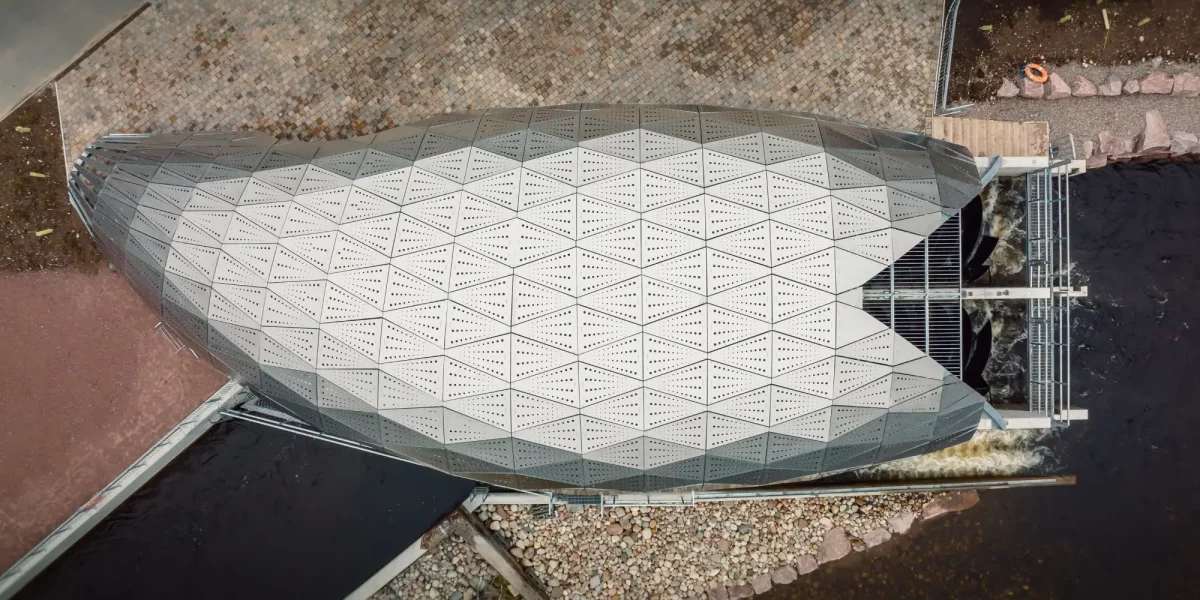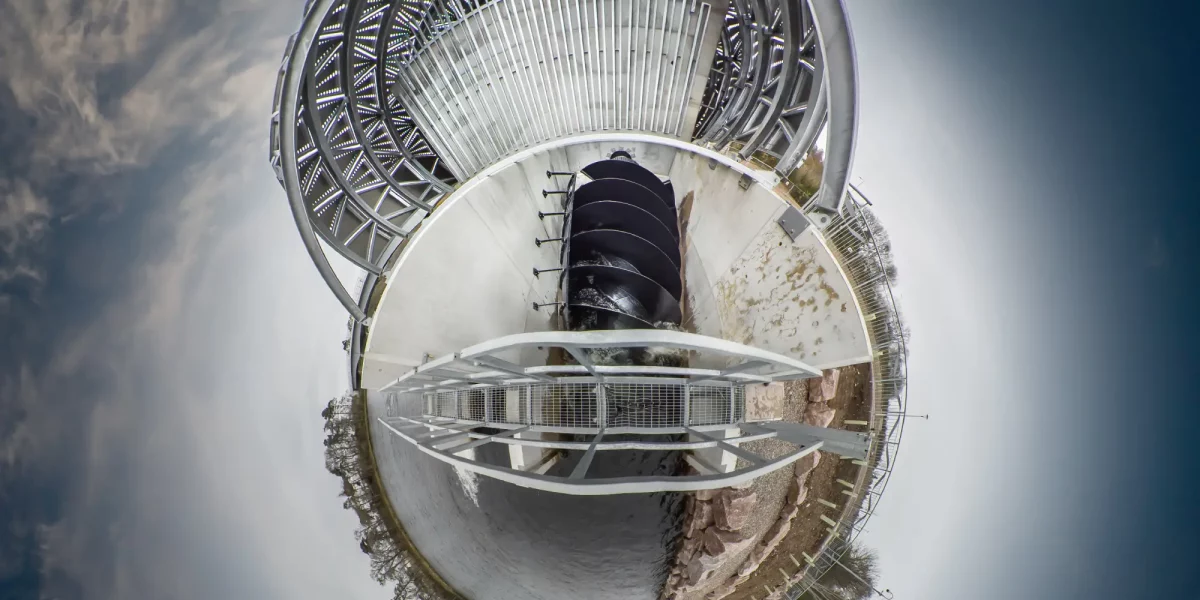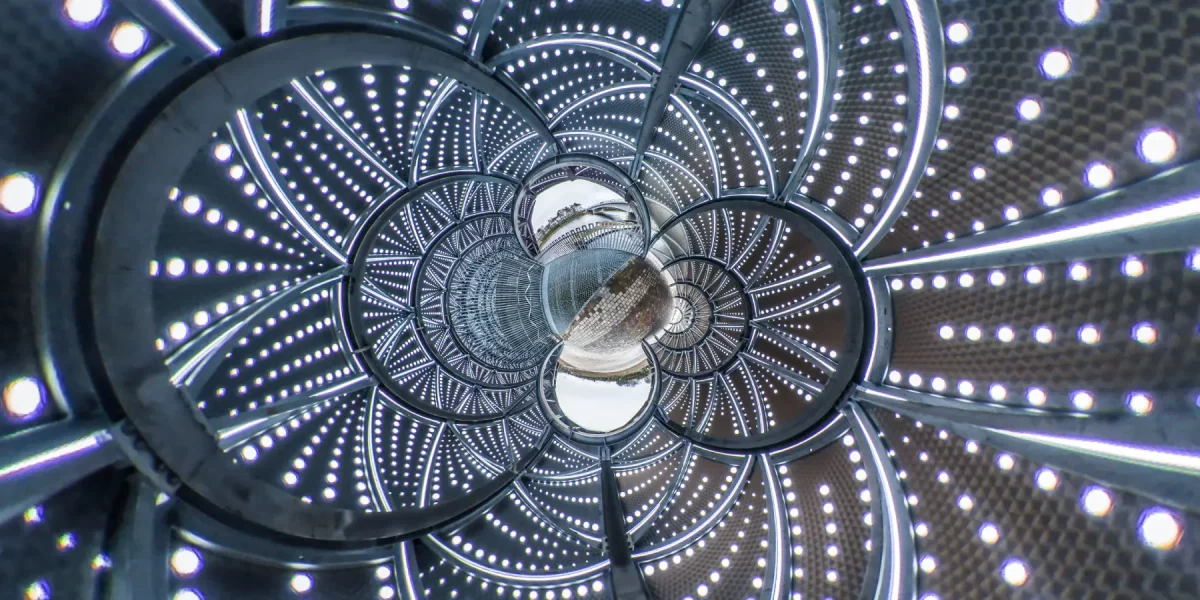The salmon is one of many important species found in the River Ness. Have you seen the full salmon lifecycle on the Hydro Ness site…?!
Check out this amazing video which shows a female salmon being jostled by a couple of males, she then deposits eggs, and the male comes alongside and fertilises them, she then covers them with gravel.
Salmon Facts
- Largest confirmed salmon captured by rod and line on the Ness system was a fish of 55lb caught by Alexander Grant in the Quoich catchment on the 1920’s. Since then, there has been numerous fish estimated to be in excess of 40lbs’ including one of 49lb caught in Loch Ness, although these large fish are now rare they still exist in The River Ness. Fish of over 30lb are often caught in the Ness System.
- Female salmon can lay in up to 5000 eggs when they spawn.
- Salmon travel to Greenland and the Norwegian sea to feed, they ‘home in’ to their rivers of birth using their sense of smell.
- Not all salmon are native to the Ness, Pink Salmon have begun to show up in larger numbers and arrive in ‘Odd years’ there was a large run in 2017. It is thought these originate from Russia and have a different lifecycle, only living for two years and all die after spawning.
- The salmon’s latin name is Salmo salar – this means Leaper, and they can be seen leaping at waterfalls throughout the catchment.
- Some salmon return to sea after spawning and return the following year, there is evidence that some have spawned 3 times. We know this from taking scale readings where we can tell the age, how old the fish was when it went to sea, how long it spent at sea and how many times it has spawned.
- Salmon help other species, in particular the Freshwater pearl mussel’ by acting as a host for the mussel’s larvae, these attach to the salmon fry’s gills. The fish then swims around and after 6 months they drop off usually in a different location. Pearl mussels are endangered and protected and so it is important to protect the salmon.
